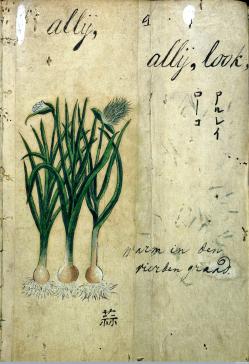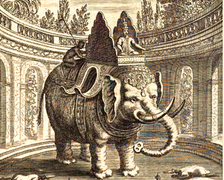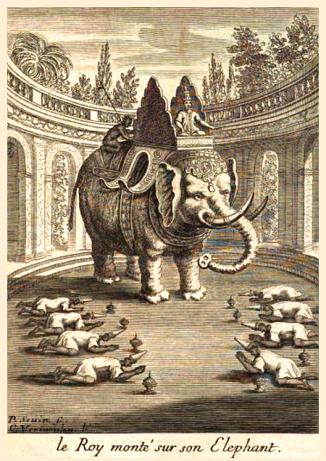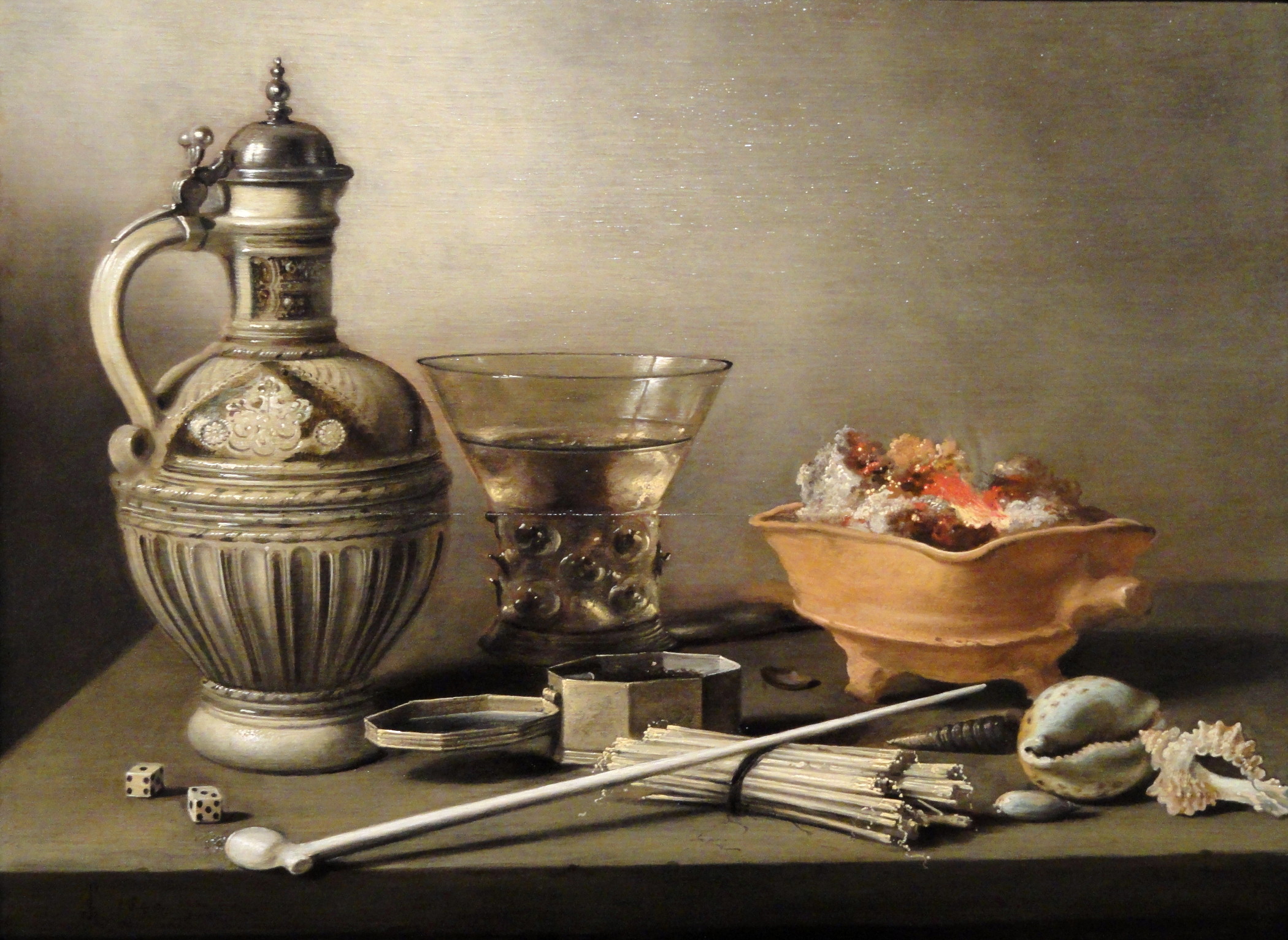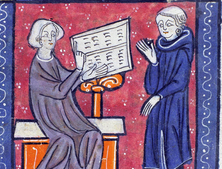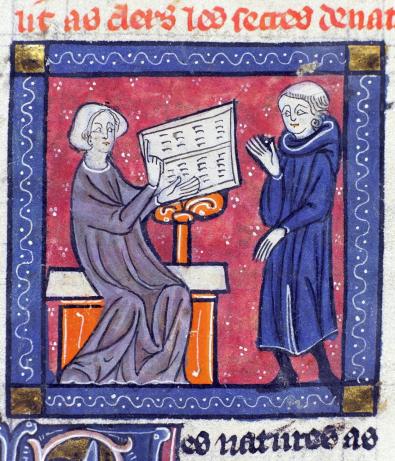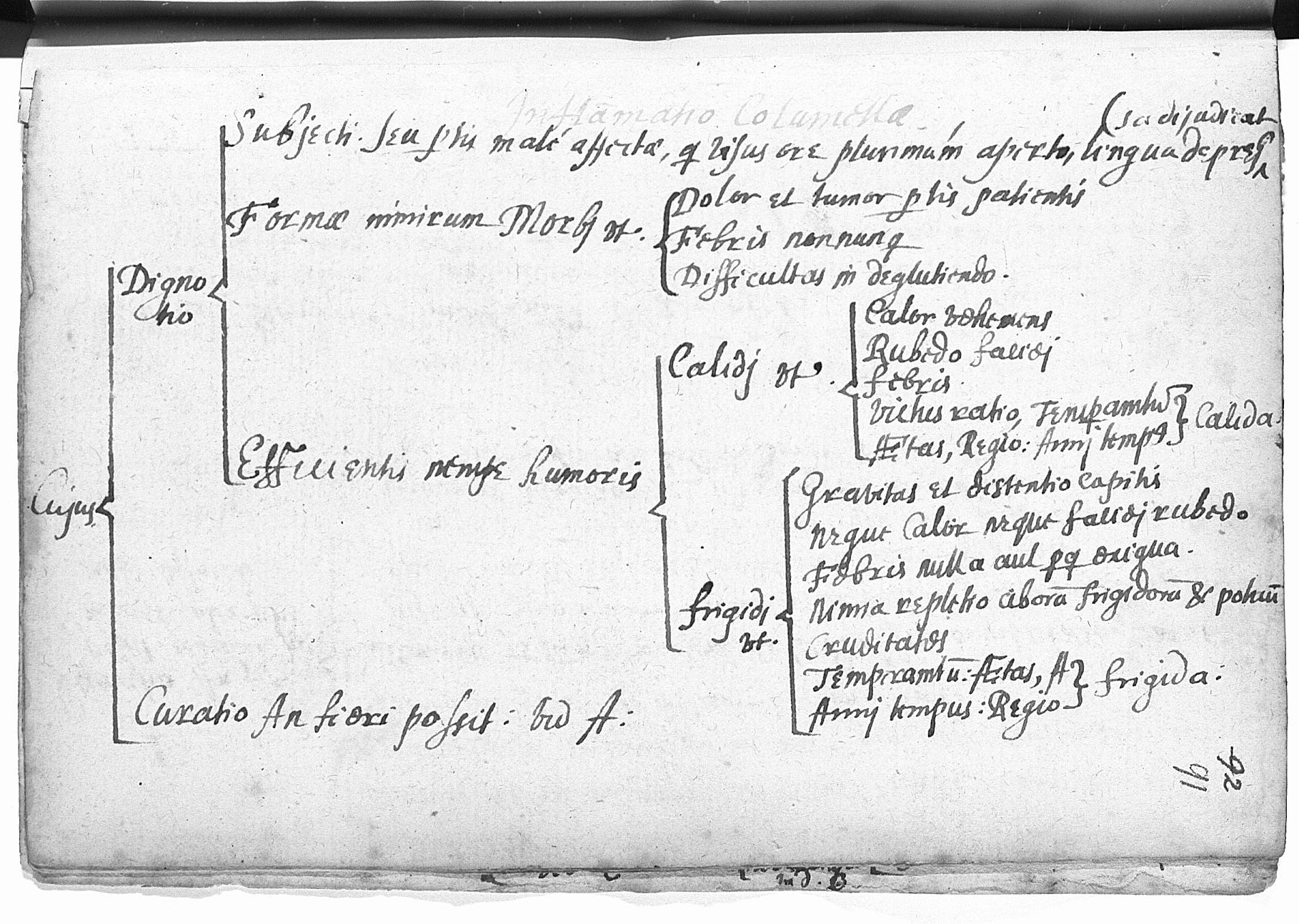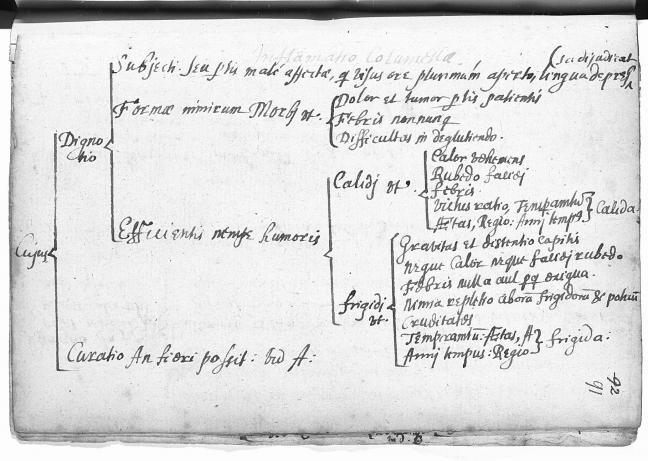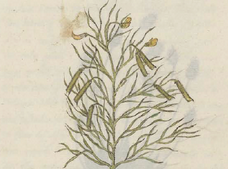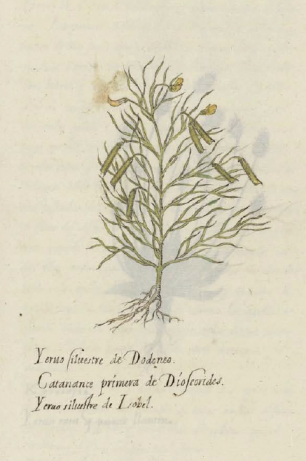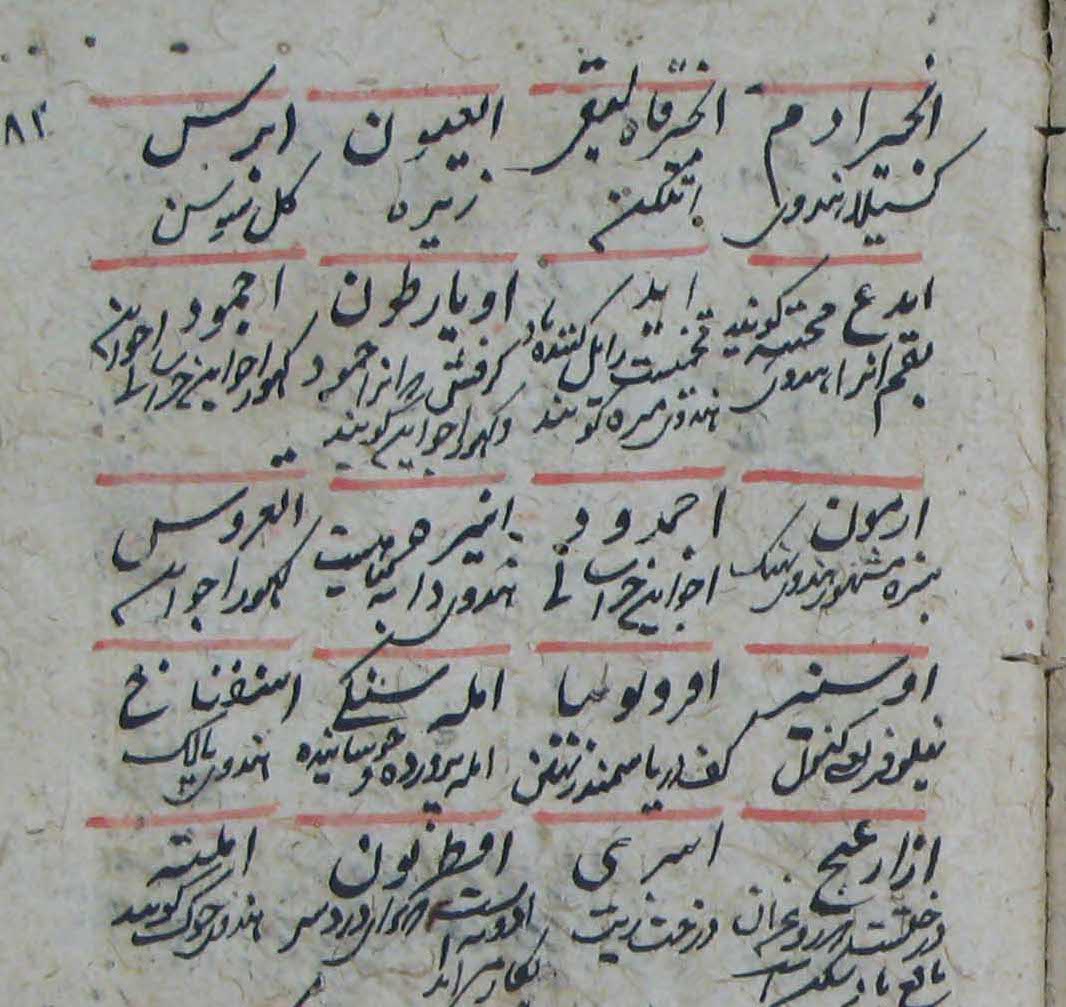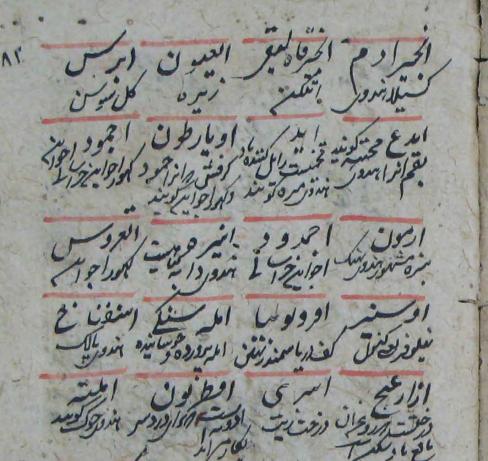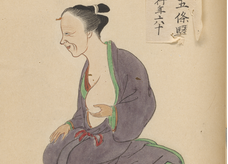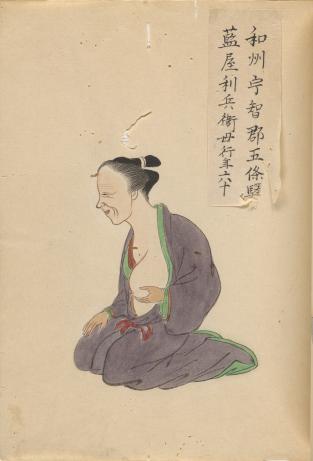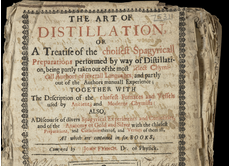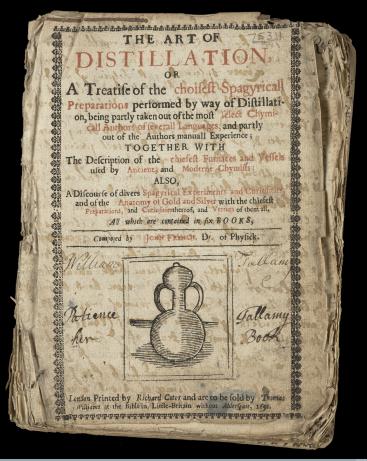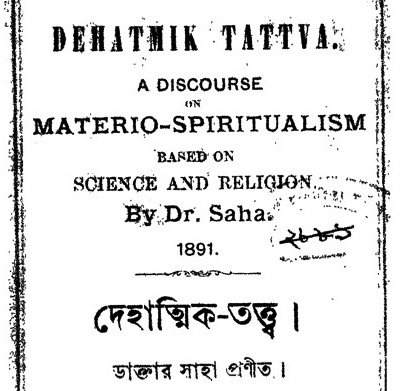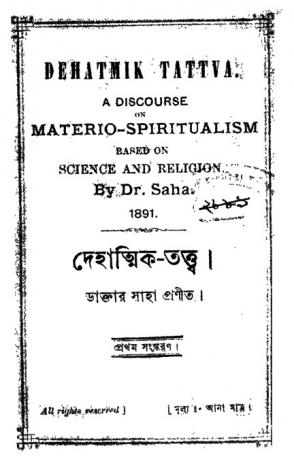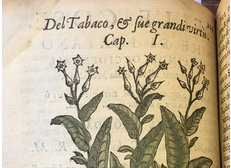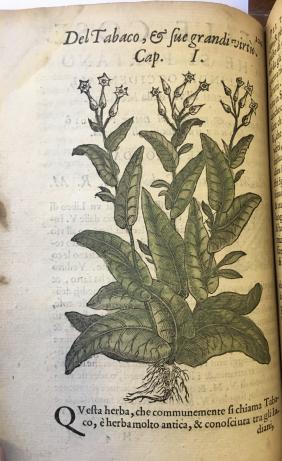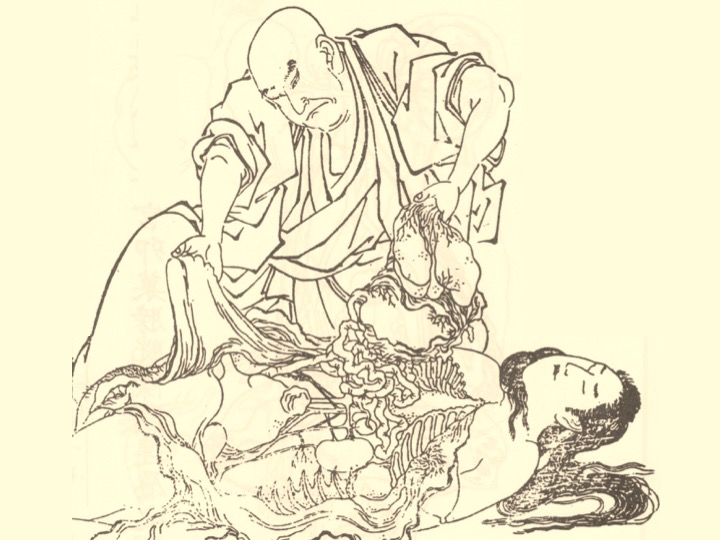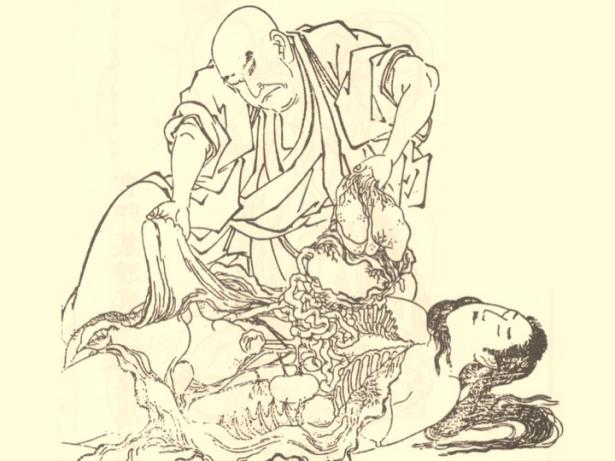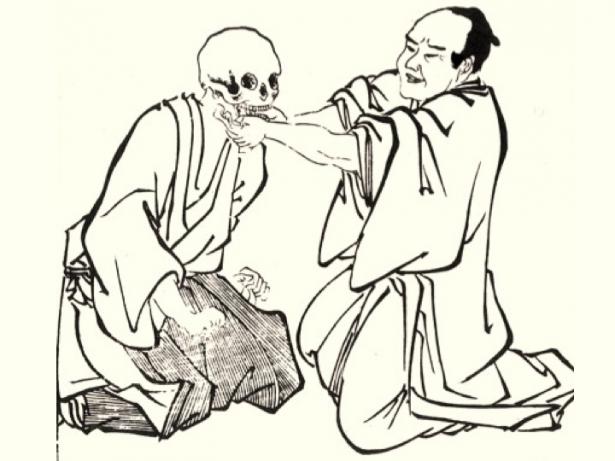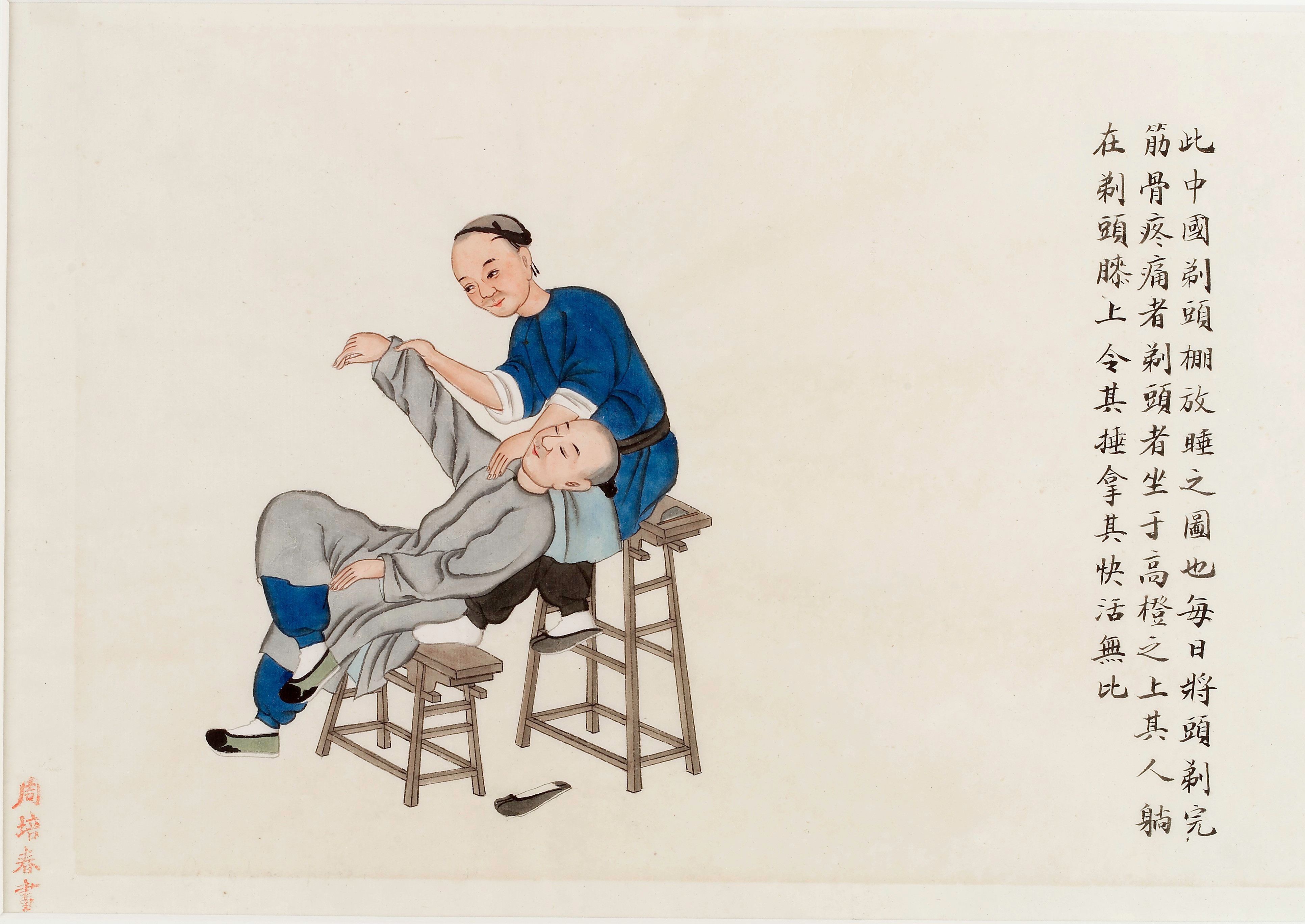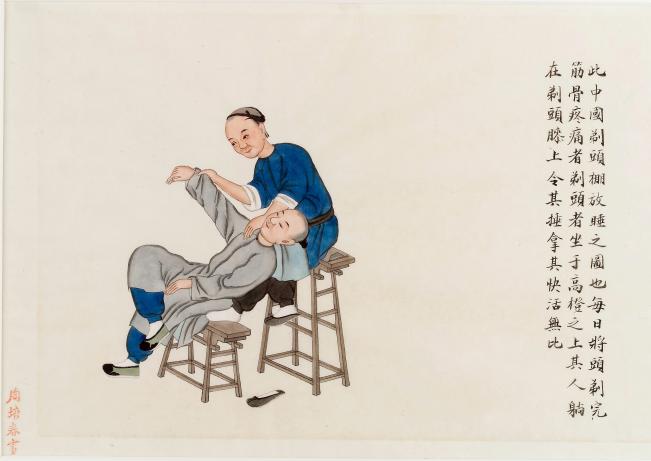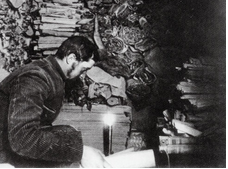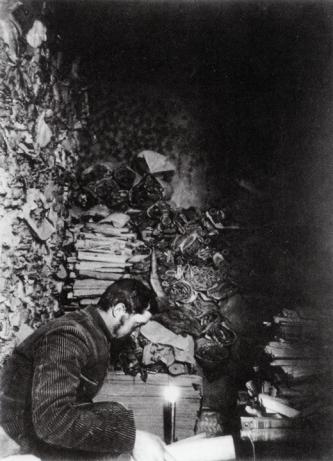In recent years, translation (broadly defined) has emerged as a central research strand. Explorations of the epistemic process and impact of knowledge translation across linguistic, geographical, and spatial boundaries are crucial in our understandings of knowledge making. Premodern medical and health-related knowledge provides a distinct and compelling case in histories of translation, knowledge transfer, and appropriation.
Understandings of the human body, and of diseases and their cure, are shaped and informed by a range of religious, cultural, environmental, and intellectual factors. Medical theories, practices, and materials, therefore, rarely cross over linguistic, cultural, or other boundaries unchanged. Communicating the concepts underpinning a medical theory in a new linguistic and cultural space means not only translating these ideas into a new language, but also explaining them so that they make sense within existing local systems of medical belief. Materials—including drugs, amulets, and surgical tools—can also change as they cross cultural boundaries: varied and changing beliefs about their meaning, proper use, and effectiveness cause them to be reimagined and reused in a range of new situations. As a result, complex systems of translation developed to enable the flow of knowledge about the human body across the global world. What kinds of knowledge easily crossed linguistic and geographical borders? What were the points of resistance and tension? How did epistemic, social, political, and economic structures impact upon “translation”? How did our historical actors “translate” embodied knowledge and hands-on practices? What roles did visual images and material objects play in the transfer and appropriation of health-related knowledge?
This project investigates and interrogates these questions by bringing together scholars with specialisms in the histories of scientific and medical exchange across the world c. 800–1800. We examine comparatively the variety of ways in which ideas about health, sickness, and the body traveled between cultures and explore new strategies to understand the connections and divergences between various strategies of medical translation and transmission. In 2017, we held two exploratory workshops around the themes “Knowledge and Practice” and "Materials, Images, Texts” in Berlin and London. These were co-hosted with Sandra Cavallo at Royal Holloway, University of London and Elma Brenner at the Wellcome Library. In 2018, a small group of scholars gathered in Berlin for an intensive week-long workshop. The project will conclude with a final authors’ workshop in 2019.

